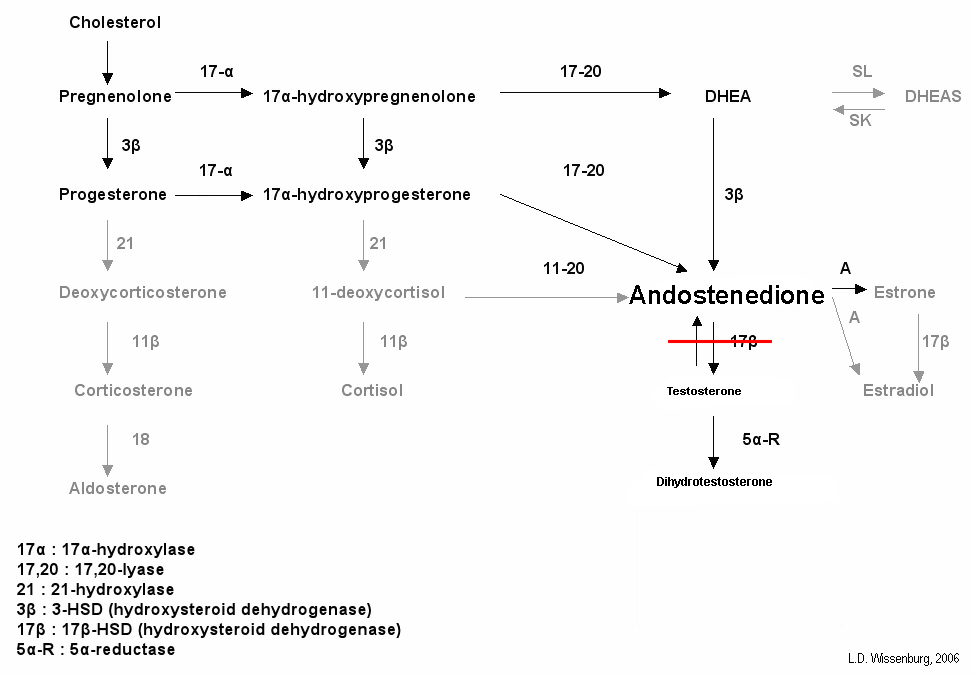17-beta-hydroxysteroid dehydrogenase deficiency pathophysiology
|
17-beta-hydroxysteroid dehydrogenase deficiency Microchapters |
|
Differentiating 17-beta-hydroxysteroid dehydrogenase deficiency from other Diseases |
|---|
|
Diagnosis |
|
Treatment |
|
Case Studies |
|
17-beta-hydroxysteroid dehydrogenase deficiency pathophysiology On the Web |
|
American Roentgen Ray Society Images of 17-beta-hydroxysteroid dehydrogenase deficiency pathophysiology |
|
FDA on 17-beta-hydroxysteroid dehydrogenase deficiency pathophysiology |
|
CDC on 17-beta-hydroxysteroid dehydrogenase deficiency pathophysiology |
|
17-beta-hydroxysteroid dehydrogenase deficiency pathophysiology in the news |
|
Blogs on 17-beta-hydroxysteroid dehydrogenase deficiency pathophysiology |
|
Directions to Hospitals Treating 17-beta-hydroxysteroid dehydrogenase deficiency |
Editor-In-Chief: C. Michael Gibson, M.S., M.D. [1] Associate Editor(s)-in-Chief: Abdulkerim Yassin, M.B.B.S[2]
Overview
17-beta-hydroxysteroid dehydrogenase deficiency-3 is biochemically characterized by decreased levels of testosterone and increased levels of androstenedione as a result of the defect in conversion of androstenedione into testosterone.
Pathophysiology
- 17-beta-hydroxysteroid dehydrogenase deficiency-3 is biochemically characterized by;
- Decreased levels of testosterone.
- Increased levels of androstenedione as a result of the defect in conversion of androstenedione into testosterone.
- This leads to clinically important higher ratio of androstenedione to testosterone.

Genetics
17-beta-hydroxysteroid dehydrogenase deficiency-3 is caused by gene mutations found in the 17BHSD3 gene. 17-beta-hydroxysteroid dehydrogenase deficiency-3 is an autosomal recessive disorder.